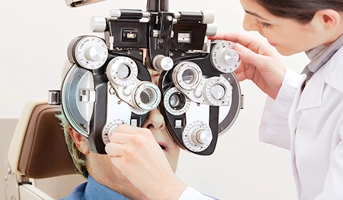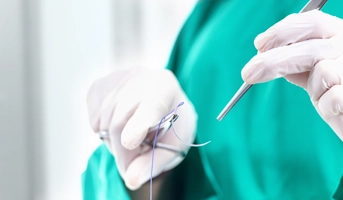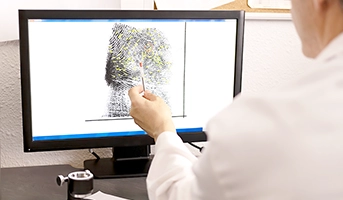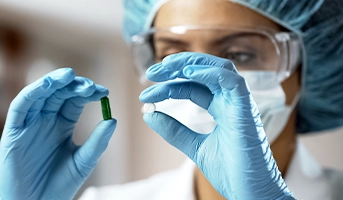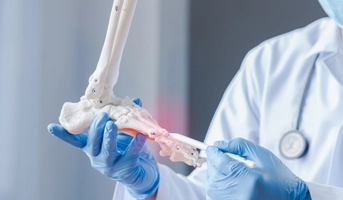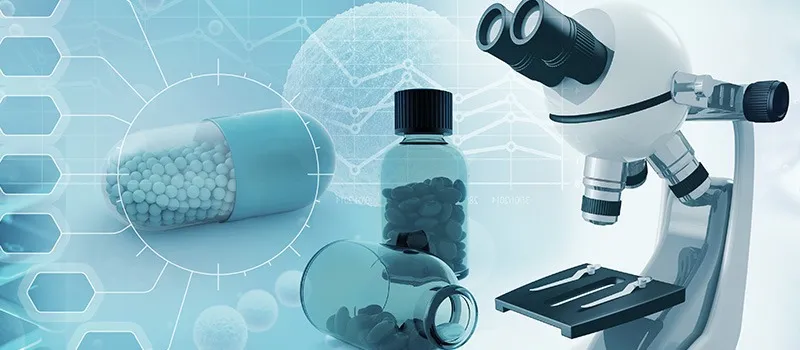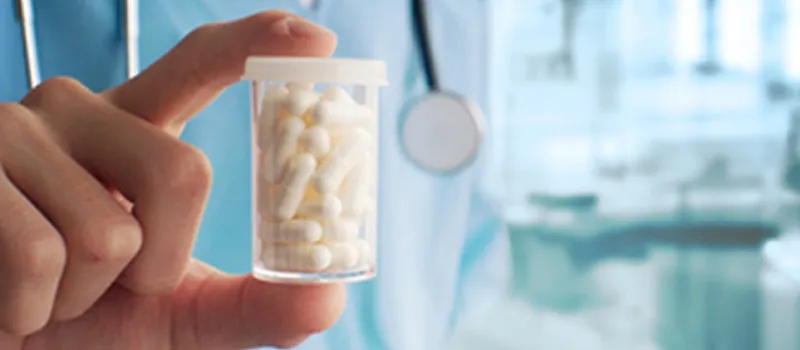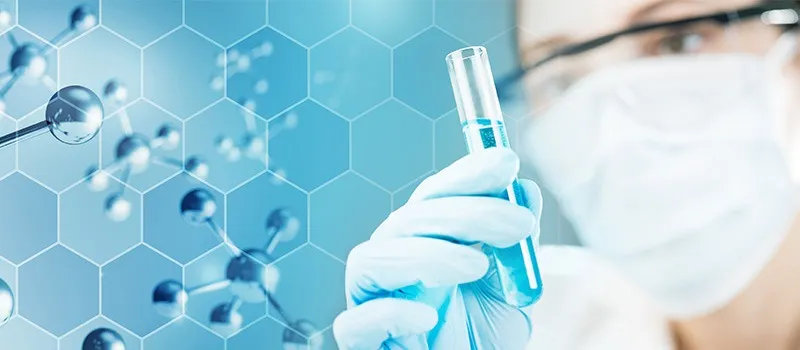

Tips and Tricks to Learn Pharmacology – Dr. Nirmal George
Pharmacology is the study of how medicines interact with biological systems. Research into medicines’ chemical make-up, biological functions, effects on physiology and behavior, mechanisms of action, and both therapeutic and non-therapeutic applications are all covered in this and are part of the 2nd year curriculum of MBBS. Since the treatment of patients requires medicines, knowledge regarding the subject is not going to hurt you, and the more knowledge you have, the better your treatments would be. Pharmacology in MBBS is often considered a volatile subject and a subject that has to be mugged up. This is not the case! Pharmacology is a beautiful subject, and it can be understood without mugging up, and there are quintillion applications for you in the future with the knowledge you acquire in Pharmacology. In this write-up, I would be telling you the various tips and tricks I personally have used and succeeded in learning and understanding Pharmacology. So let’s dive right into it.
Things to focus
The most important thing to address in any given topic in Pharmacology would be to understand
- What to study?
- How to study?
- How to memorize?
- What to write in the examination?
The first question
What to study?
This is a very important and relevant question that you need to understand. Let’s take the chapter on diabetes mellitus to make this idea clear.
Step 1: Understand normal physiology
The β-cells of the pancreas secrete insulin. Insulin stimulates the movement of glucose from the plasma into the skeletal muscles & adipose tissues. This will cause a reduction in plasma glucose.
Step 2: Disease pathophysiology
In Diabetes Mellitus pancreas is producing less amounts of insulin or the pancreas is producing normal amounts of insulin but insulin is not able to produce its action properly due to some defect in the insulin receptors. Both these will cause an increase in plasma glucose. This will result in hyperglycemia. Since the person is not able to utilize glucose he will be always hungry (polyphagia) since his body is interpreting that the body is not getting glucose because the person is not taking glucose. The higher levels of plasma glucose will be filtered by the kidneys and excreted in the urine. Glucose will draw water along with it which will result in urination (polyuria) and due to excessive loss of water, it will cause the person to be thirsty (polydipsia).
Step 3: Classify the drug classes depending upon the mechanism of action
In diabetes mellitus, the plasma glucose is elevated. The agents used for the management of DM would reduce plasma glucose. If there is a deficiency of insulin, we need to supplement insulin as in the case with type I DM (where there is reduced insulin secretion). Where the action of insulin is improper, we can use agents that will reduce plasma glucose. These agents act mainly by four mechanisms.
Group 1: Agents that increase the insulin secretion
Group 2: Agents that increase the action of insulin
Group 3: Agents that reduce the reabsorption of glucose from the kidney
Group 4: Agents that inhibit the gastrointestinal absorption of glucose
The action of drugs via these mechanisms will result in a reduction of plasma glucose.
Step 4: Individual groups of drugs
For explanation purposes, let’s discuss the agents that increase insulin secretion. These agents are classified as
- Sulfonylurea
- Meglitinide analogues
- GLP-1 agonists
- DPP-4 inhibitors
It becomes impossible to learn all the drugs named in your textbooks, so the easiest way to learn is to learn about groups of drugs and their common properties. Each group would have a prefix or a suffix with the base word.
For example, Sulfonylurea has the prefix ‘Gli’
- Glipizide
- Gliclazide
- Glibenclamide
- Glimepiride
Another example would be DPP-4 inhibitors which have the suffix ‘gliptin’.
- Sitagliptin
- Vildagliptin
This helps to remember a lot of names and classes of the drugs.
Step 5: Specific mechanism of action of the group of drugs
Let’s take the example of sulfonyl urea. As we know now that sulfonyl urea increases insulin secretion. Now we need to know the mechanism of action in depth. Normally the β-cells of the pancreas have K+ channels which move potassium from the intracellular to the extracellular. This results in the hyperpolarization of these cells. Sulfonyl urea blocks these K+ channels resulting in the depolarization of β-cells which cause insulin secretion.
Step 6: Understanding the peculiar pharmacokinetic properties of the drugs
Route of administration is one thing to consider. Oral bioavailability (very low or very high oral bioavailability), plasma protein binding (low or high protein binding), metabolizing enzymes (whether there are any potential interactions), and the predominant elimination method.
Step 7: Uses of the drug
First, write the primary use of the drug against disease, and then the secondary use related to the topic. Sulfonyl urea is only used for the treatment of diabetes mellitus.
Step 8: Adverse effects
There is a practice of writing nausea and vomiting as adverse drug reactions for every drug, This will not fetch you any marks. Be very specific while mentioning the adverse effects of the drug. E.g. Since sulfonyl urea increases insulin secretion, sulfonyl urea can cause hypoglycemia as an adverse effect. Since insulin is an anabolic hormone, an increase in insulin secretion will result in weight gain.
Step 9: Interactions if any
Learn the therapeutically significant interactions. E.g., Sulfonyl urea increase insulin secretion, and the use of sulfonyl urea with insulin can cause hypoglycemia.
Step 10: Lastly, write down the Contraindications, if any
This is not applicable to all the drugs but write wherever required. This is must-know information for the effective treatment of any disease or illness. For example, Sulfa urea groups will cause hypersensitivity reactions in people who are already allergic/sensitive to drugs containing sulfa groups.
How to study Pharmacology?
Here are some tips and tricks to study pharmacology for MBBS in the easiest way,
- Consistency is the key to learning: No matter how many hours you study before the exam, unless you are regular in understanding & revising your concepts, you cannot ace any exam. Shortcuts and voracious reading at the end of exams can help you only a little bit. Be consistent.
- Focus on ‘must know’ topics: Always keep your prime focus on the ‘must know’ topics and learn and memorize them regularly to have a better understanding of the subject.
- Use Mnemonics and memory tricks for Pharmacology: Make your own mnemonics so that you can easily relate and memorize them for a longer time. For instance, for memorizing the adverse effects of sulfonyl urea, you can use the mnemonic “Hari has gained some weight”, in this sentence, H indicates Hypoglycaemia and weight gain would be the next important adverse effect.
- Make notes: The pharmacology subject has more content to learn and memorize and so is easy to forget. To solve this problem, make your own notes so that it helps in the revision of the topic and future reading as well. Taking notes during the lecture also helps a lot in learning and identifying key areas of the topic.
- Use flow charts, diagrams & tables: Flowcharts and diagrams are a very convenient and informative way of memorizing pharmacology. It helps to remember the core concepts, especially the mechanism of action of the drugs, normal physiology, pathophysiology of the disease, etc.
- Conceptual clarity: There is a lot to memorize in pharmacology, so don’t cram the lengthy textbooks, rather, focus on clearing the concepts, gaining in-depth knowledge of the topic by studying regularly in a proper manner, and asking doubts.
- Study sequentially: Understand the normal physiology and pathophysiology of the disease first before going into details of drugs. This will help you have a clear understanding of the topic.
How to memorize Pharmacology?
This is a frequently asked question, there is no shortcut to memorizing pharmacology but with repeated reading. Effective learning and conceptual clarity are a must to memorize pharmacology.
What to write in the Examination?
Write the answers in an orderly fashion highlighting the specific points in arranged format depending upon the question. Imagine this question in your examination, sulfonyl urea?
Your complete answer should include the following headings
- A brief introduction to diabetes mellitus
- Mechanism of action, in the case of sulfonyl urea, increases insulin secretion (a general mechanism) and sulfonyl urea inhibits the potassium channels in the β-cells of the pancreas thereby causing depolarization and release of insulin (a specific mechanism)
- Any peculiar pharmacokinetic properties
- Uses (Primary and then secondary both and more focus on the primary uses will fetch more marks)
- Specific adverse effects (don’t just mention nausea and vomiting always, BE SPECIFIC)
- Mention therapeutically significant interactions.
- Don’t forget to mention the precautions and contraindications, if any.
To learn the conceptual clarity in Pharmacology online, subscribe to CBME & NEET-oriented Pharmacology for UnderGrads course.
Dr. Nirmal George
MBBS, MD
Associate Professor
Sree Gokulam Medical College & Research Foundation (SGMC&RF),
Trivandrum, Kerala
Related Courses
Pathology for UnderGrads
Prof Harsh Mohan , Prof Ramadas Nayak , Dr Debasis...
Microbiology for UnderGrads
Dr Apurba S Sastry , Dr Sandhya Bhat , Dr Deepashr...

